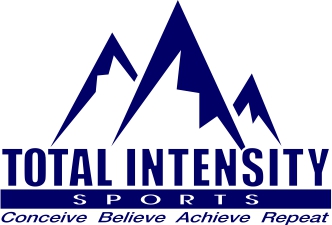
Efficient swimming means faster times with less effort. Whether you are targeting an Ironman or a Sprint Triathlon, you don’t want to be totally zapped after the first discipline. There are two very important elements that increase your ability to swim faster. These are flotation and rotation. Without getting too scientific, let’s talk about what this really means and how to do it.
Floating on the surface of the water, with your body in a streamlined position provides the least resistance, or drag, of your body in the water. I think most people know what floating is, but how you do you do it? Many triathletes who learn to swim as an adult aren’t good at floating, at least not to begin with. Their legs sink.
So, why is this important? It’s important because by swimming more efficiently in the pool, you’ll swim faster, use less energy, and all of that will translate into faster swimming in open water on race day. More importantly, how do you do this? It’s all about the core! Try gently pushing off the wall in a streamlined or superman position (see link below) without thinking about anything but be aware of what your body does in relation to the surface of the water. Are your legs sinking? Are you rotating? See how far you go before you sink.
Now do this again but really focus on squeezing your core. By this, I don’t simply mean flexing your stomach. Flotation requires deep core activation-those lower abs, glutes, and lower back. It needs to be locked in! If you are really engaging your deep core, you will float on the surface and go farther without doing anything else! We already work hard as triathletes, so let’s take advantage of this going farther with doing less concept!
Superman Drill:
The other key to efficient swimming is rotation. If your body stays flat in the water, it’s like a barge plowing through the water. Water is hitting across your shoulders, clavicles, head, etc. and it’s like pushing a board through the water-it’s hard work! If you rotate your body, the water begins to swirl around you and the surface area of your body becomes smaller. Not only are you not plowing through the water like a barge, you are actually reaching out your hand and arm farther with each stroke while your body is rotating from side to side. This allows for more distance per stroke and fewer strokes.
Again, this equates to less work for you! So, how do you do this? The key is to initiate the rotation from your hips and core. Yes, it’s all about the core here too! Starting the rotation from your hips allows the rest of the body to follow and you’ll keep yourself in a more streamlined position, with better connection from shoulders through your toes. A good drill to help you with this is the rotisserie drill (see below). I would recommend doing this drill with fins to begin with, as it is challenging. With this drill, you are simply kicking in a streamlined position and rotating your entire body from back to side to front to side and then back to your back. You will want to pause in each position to keep you from getting dizzy.
Also try rotating in one direction for one length (initiating the movement with your left hip), then in the other for the next length (initiating with the right hip). If this drill seems too challenging for you, you can try side kicking instead (see below). With this drill, focus on driving the rotation from one side to the other by initiating the movement from your hips. You’ll have better control of your body this way. You may also want to use fins for this drill initially.
Rotisserie Drill:
Side Kicking Drill:
Your homework:
The best exercise outside of the pool to work on these two elements are planks and rotational planks. Make sure you are doing these correctly-hips in line with your shoulders, squeezing your lower abs and butt to bring your body into a balanced, straight line from shoulders to heels.
For more swimming drills or core exercises, check out my youtube channel www.youtube.com/JenniPlane or contact me here.









